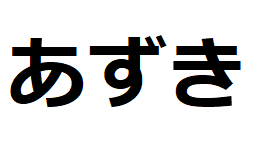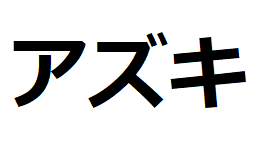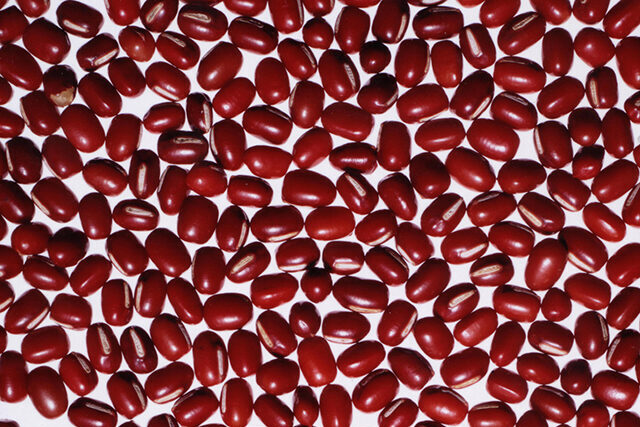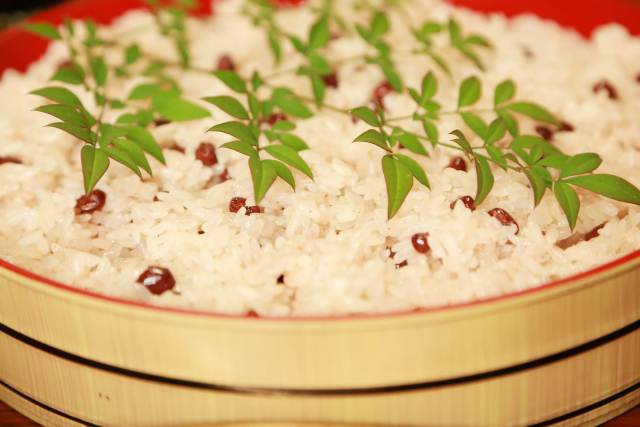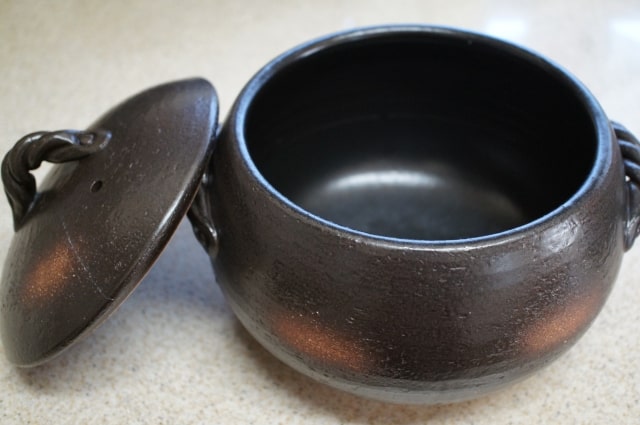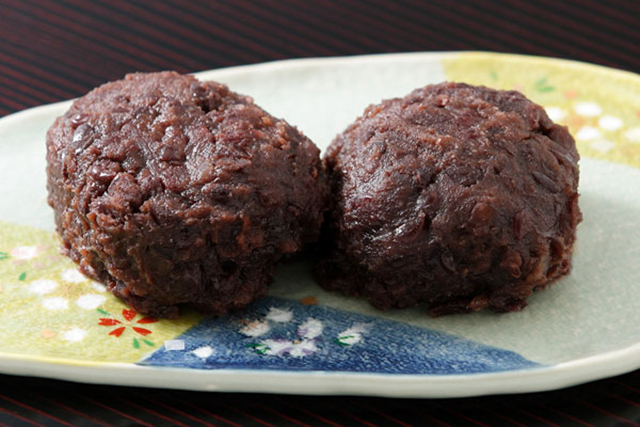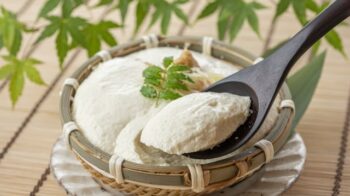Red bean
Welcome to the world of Red Bean.
As well as soybean, red bean has played a very important role in Japanese food culture, especially through Sekihan (red rice) and Anko.
Let’s look into its world.
Below is the contents of this page.
Although its origin is still undetermined, undoubtedly, Japanese people have cultivated red beans from ancient times.
Because the oldest remains in Japan which leave its marks can date back to 4000 B.C.
1. Sekihan (red rice)
In Japan, red is a symbol of the the Sun, life and vigor.
Since antiquity, it is widely believed that the color red has a mythical power to drive away misfortune.
In addition, rice cooked for celebration in ancient times was reddish.
Therefore, later, we began to cook rice with red beans in celebrations.
The anthocyanin in azuki adds a red color to rice.
This is what we call “Sekihan” (red rice).
Even today, we often cook Sekihan in celebrations and offer them to relatives and neighbors.
Because we still believe that we can share the blessings by sharing Sekihan.
By sharing blessings, we can multiply them.
Although red bean is small, it is enormously nutritious.
It contains not only protein but also
– vitamin B1 and B2
– potassium
– dietary fiber
– mineral.
In addition, we cannot forget anthocyanin (a kind of polyphenol) which is the origin of the red color.
2. Anko (sweet red bean paste)
Next, Anko.
In Japan, red bean reminds us immediately of Anko, sweet (amai) red paste widely used in Japanese sweets.
As it is often said in Japan, this Anko is an ideal food to activate the brain.
Because it offers sugar and vitamin B1 at the same time.
Medically speaking, the brain consumes only glucose.
Therefore, sugar must be decomposed to glucose and for this decomposition, vitamin B1 is indispensable.
Offering them together, Anko can make our brain vigorous in a few moments.
3. Kanji and Kana
1) Kanji
To learn Kanji (Chinese characters) is always interesting and beneficial to understand what the word means.
Through Kanji, we can virtually grasp not only the meaning of the word, but also the background it was born in.
Kanji for red bean is 小豆 which literally means “small bean”.
Let’s look into details.

Firstly, 小.
小 has its origin in the form of three small grains.
Since these grains were very small, 小 came to indicate small.
On the other hand, big is 大 and 大豆 means soybean.


Next , 豆.
According to the most supported theory, 豆 indicates a sacred container used to dedicate agricultural produces to gods.
We generally read 豆 as “Ma-mé”.
However, in the Japanese Kanji world, each character has multiple pronunciations.
Therefore, 小 has four pronunciations : 1) shou, 2)ko, 3)o, 4)chii.
On the other hand, 豆 has three pronunciations : 1) ma-mé, 2)zu, 3) to(u).
No doubt, this system makes the Japanese language extraordinarily difficult.
Why? 小豆 is Azuki?
Presumably, you are wondering why 小豆 is pronounced as Azuki.
Yes. Although Japanese Kanji have multiple readings, normal rules do not make us read 小豆 as Azuki.
Shou-zu is a natural pronunciation for 小豆 and some people call red bean as Shozu.
But still, Azuki is the pronunciation normally used.
Why?
Because the word Azuki had existed long before the Kanji came to Japan.
Later, when people began to use Kanji, they chose 小豆 to describe its small appearance. Whereas, the name Azuki survived and these two officially combined.
2) Kana
There are two phonograms (kana) in Japanese: 1) Hiragana and 2) Katakana.
According to the most supported theory, both of them were formed by adopting one element of a Kanji character with similar sounding.
Originally, Hiragana were only for women. But today, it has by far the wider usage.
Talking of 2) Katakana, we use it mainly for foreign origin words.
Incidentally, there are 46 characters in both Hiragana and Katakana systems.
As for Azuki, Hiragana is あずき and Katakana is アズキ.
